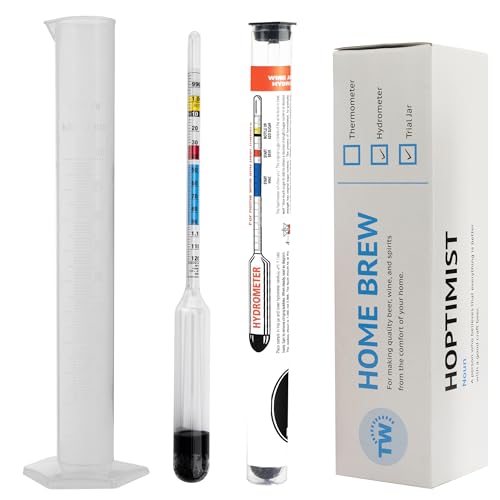Fore
Landlord.
Yes, on the go from 09:30 to 20:30; not done 2 AGs in a day before, still aching today. 2 of Wheeler's highly rated, Hop Back Summer Lightning and Ruddles Best, 2x 40 pints. Few tweaks here and there, to use up ingredients, as you do. Didn't start off with the idea to do 2, but as the first was finishing up, around 15:00ish, I just moved on to the next.
Targets were hit pretty well. Over-estimated boil off on the first, so tweaked for the 2nd and hit every target, including pH (I treat my water). They have started up well; the yeasts in both are zooming around the fermenters this morning. Sitting at 19, about where I want them at this stage.
I earlier created a sort of step by step brewday check list, and following that makes the whole process progress very easily. Few if any questions arise and nothing is missed. There is none of that "oops I need cooled boiled water right now".
I decided to move back from double batch sparge to single batch sparge. I felt I was getting some astringency coming through, even though I had the temps and pH covered. My BH efficiency with double batch was about 72%. It is 66% with single batch, with a mash efficiency of around 76-78%; I can live with that.
One other change I made was in aeration. I'm pretty sick of the 5-10 minute vigorous stirring, so cut short a plastic paddle and attached it to a drill. Bingo! Rapid effective aeration in no time and no effort. Pretty happy with that.
So, long and action packed, but stress free and very successful. Happy chap.
Targets were hit pretty well. Over-estimated boil off on the first, so tweaked for the 2nd and hit every target, including pH (I treat my water). They have started up well; the yeasts in both are zooming around the fermenters this morning. Sitting at 19, about where I want them at this stage.
I earlier created a sort of step by step brewday check list, and following that makes the whole process progress very easily. Few if any questions arise and nothing is missed. There is none of that "oops I need cooled boiled water right now".
I decided to move back from double batch sparge to single batch sparge. I felt I was getting some astringency coming through, even though I had the temps and pH covered. My BH efficiency with double batch was about 72%. It is 66% with single batch, with a mash efficiency of around 76-78%; I can live with that.
One other change I made was in aeration. I'm pretty sick of the 5-10 minute vigorous stirring, so cut short a plastic paddle and attached it to a drill. Bingo! Rapid effective aeration in no time and no effort. Pretty happy with that.
So, long and action packed, but stress free and very successful. Happy chap.








































